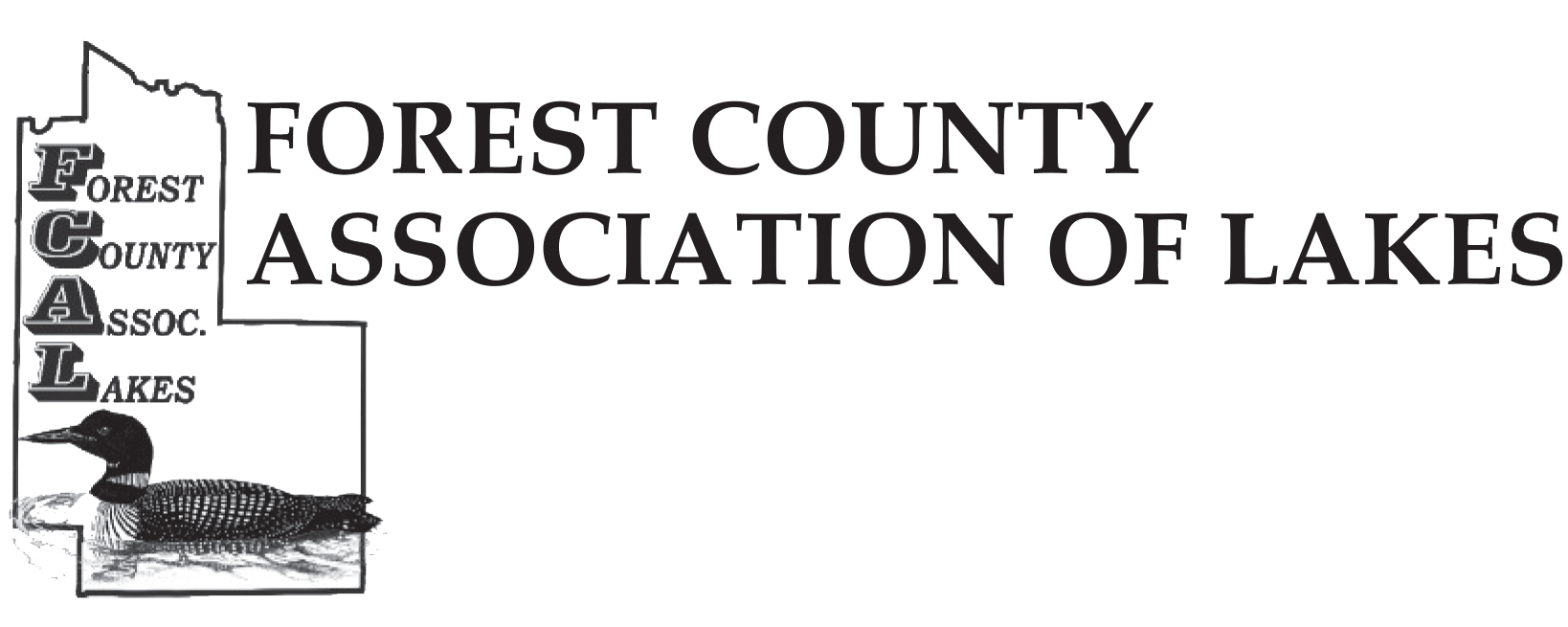Blue-green algae, also known as Cyanobacteria, are a group of photosynthetic bacteria that many people refer to as “pond scum.” Blue-green algae are most often blue-green in color, but can also be blue, green, reddish-purple, or brown. Blue-green algae generally grow in lakes, ponds, and slow-moving streams when the water is warm and enriched with nutrients like phosphorus or nitrogen.
When environmental conditions are just right, blue-green algae can grow very quickly in number. Most species are buoyant and will float to the surface, where they form scum layers or floating mats. When this happens, we call this a “blue-green algae bloom.” In Wisconsin, blue-green algae blooms generally occur between mid-June and late September, although in rare instances, blooms have been observed in winter, even under the ice.
Many different species of blue-green algae occur in Wisconsin waters, but the most commonly detected include Anabaena sp., Aphanizomenon sp., Microcystis sp., and Planktothrix sp. It isn’t always the same species that blooms in a given waterbody, and the dominant species present can change over the course of the season.
Swimming advisor levels have been developed by the EPA for the toxins microcystin
(8 micrograms/liter) and cylindrospermopsin (15 micrograms/liter) and may be used by local health departments as the basis for issuing advisories or closing public beaches. Most local health departments in Wisconsin do not have the capacity to monitor blue-green algae toxins at public beaches, or treat any accumulation of blue-green algae toxins at public beaches, so treat any accumulation of blue-green algae with caution. The best advise is When in doubt, stay out!
Can blue-green algae make me sick?
Yes, it is possible for blue-green algae to cause illness. Blue-green algae are capable of
producing several different toxins. People may be exposed to these toxins through contact with the skin (e.g., when swimming), through inhalation (e.g., when motor boating or waterskiing), or by swallowing contaminated water. Children may be at greater risk than adults because they may ingest water as they are playing/swimming, and also since they weigh less than adults a smaller quantity of toxin may trigger an adverse effect.
Can blue-green algae make my pet sick?
Animals are not necessarily more sensitive to blue-green algal toxins than humans. However, many animals, such as dogs and cattle, enjoy being in the water, even if there is an unsightly green scum layer floating on top. When such abloom is present, animals may consume large quantities of blue-green algae if they drink the water, and if those blue-green algae happen to be producing toxin(s), the animals can become very ill, and even die. Symptoms of blue-green algal toxin poisoning may range from lethargy and loss of appetite to seizures, vomiting, and convulsions. Dogs are particularly susceptible to blue-green algal poisoning because scums can attach to their coats and be swallowed during self-cleaning.
- Don’t let pets swim in, or drink, waters experiencing blue-green algae blooms or noticeably green water.
- Keep dogs out of shallow, stagnant waters where blue-green algae may be growing on the bottom and dislodged by disturbance. If people shouldn’t swim there, dogs shouldn’t either.
- Always offer fresh, clean water for pets to drink instead of lake water.
- Always wash dogs off with clean water immediately after they swim, so they don’t lick any algae from their fur.
- Supervise pets when they are outside, so they don’t eat algal scum accumulated on the shore, floating mats of algae or drink lake water.
- If your pets eat grass, avoid using lake water for lawn irrigation if blooms are present.
For more information about blue-green algae, visit the WDNR website above or these other resources:
